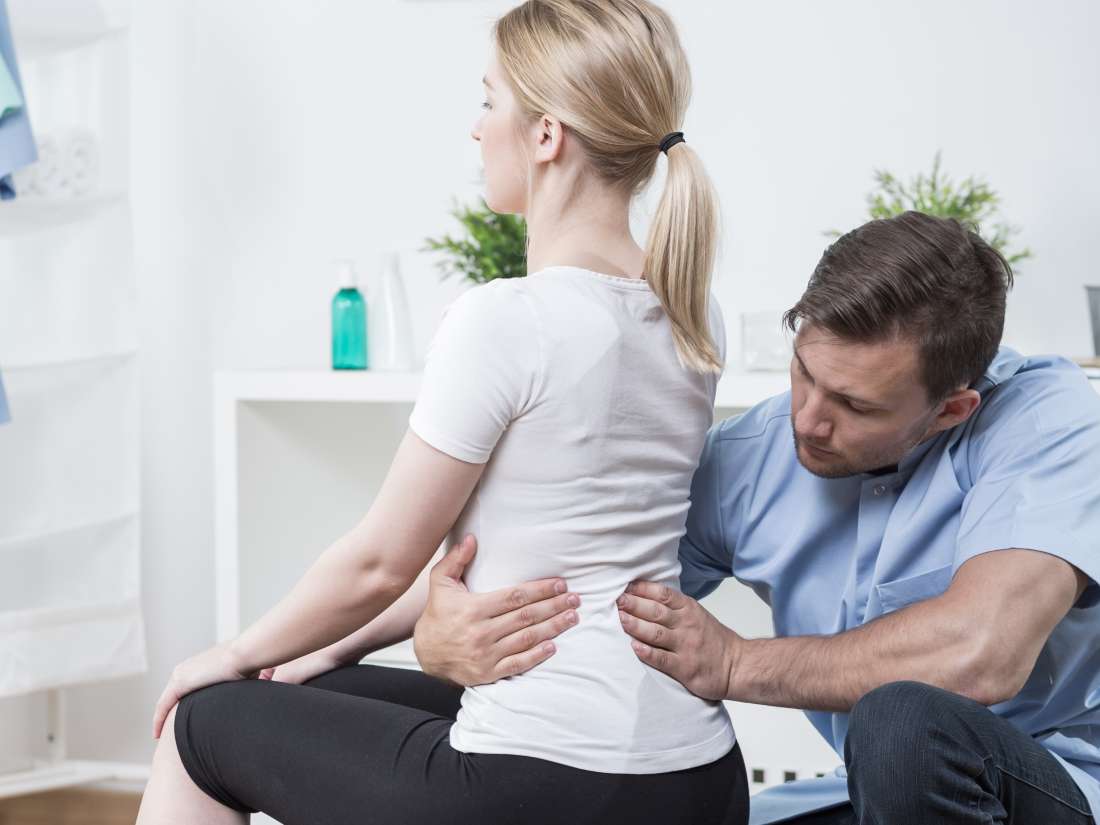The Spine- the part of the human body without which it would be impossible for anyone to stand, sit, or move about; making it thus, one of the most important structures of the body. Well, as every other entity in this world, the spine also called the backbone is subject to deformities and wear and tear. The Dr.Karl Jawhari Reviews reveal the solutions to all possible problems related to the spine.
The curvature of a spine is one of the deformities that a spine may have to experience; having some information on what it exactly is and how to deal with it would be a helpful thing. Now, the spine is composed of small discs known as vertebrae, stacked one on top of the other, with tissues working as cushions between each disc. Normally, a spine appears to be straight from the back, and the natural curves of each vertebra can be seen from the sides; but not everyone is fortunate to have the ideal kind of backbone. Someone who has a curved spine will have extra curves on his spine that will be visible even from the back.
There are primarily three types of curves of the spine:
- Scoliosis: the most rampant form of the curve in which the backbone assumes a ‘C’ or an ‘S’ shape; negligence of this can be very dangerous as it may lead to cardiopulmonary impediments.
- Lordosis: a curved condition of the spine where the curve is towards the lower part of the spine, this kind of curve can cause extreme pain and results in obstructed regular activities.
- Kyphosis: when the spine bends more than half its normal curvature, it is said to be in this phase. A person with this curve has a hunched look and is common in a lot of aged females.
There could be several causes leading to the different levels of the curve; it could be a deformity one is born with or that which one acquires due to certain health issues. Obesity, degeneration or inflammation of discs or vertebrae, disease of degenerative bones, spondylosis, arthritis, etc., to name a few, are some of the issues responsible for these spine conditions.
If a parent notices that his child has one hip or shoulder higher than the other, or that the child’s head is tilted to one side, they should know that the child is suffering from the Scoliosis curve phase of the spine. For the other two, the pain progresses with the progress in the curve. Dr.Karl Jawhari Reviews give an insight into the kind of expert treatments they have for any kind of spine problem for residents of Texas.
Among the treatments most appropriate for curvature of spine Bracing, this works best when the progression of the curve is slow; but of course, this will show its effect only if it is used as per the doctor’s instructions. The other option to mend this curve is surgery; however, this should be the last resort for anyone diagnosed with a curvature in the spine.

Leave a Reply
You must be logged in to post a comment.